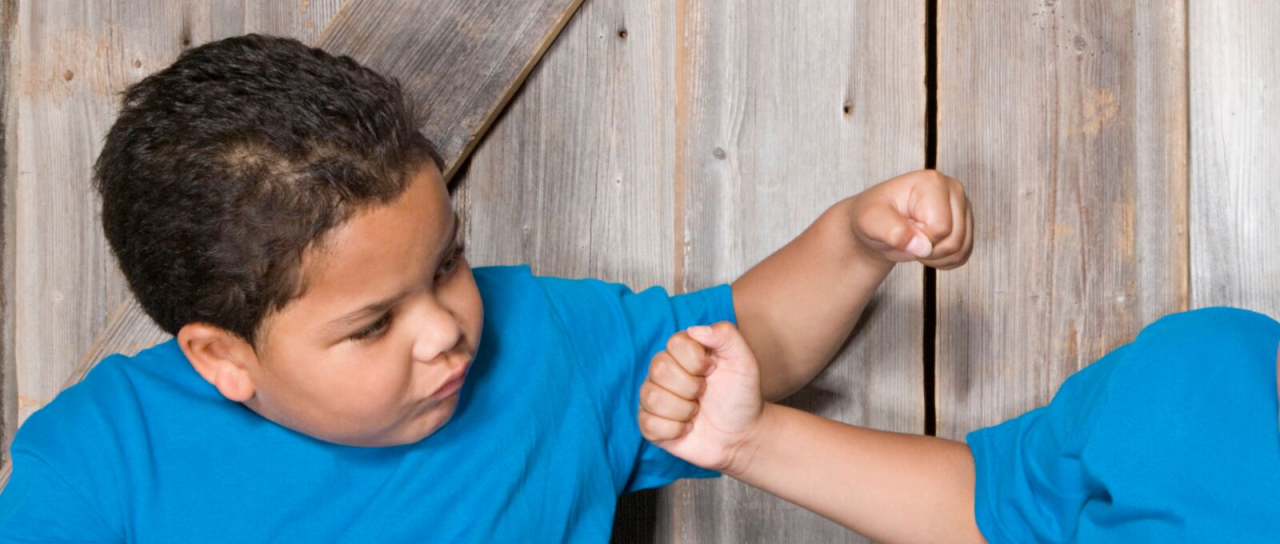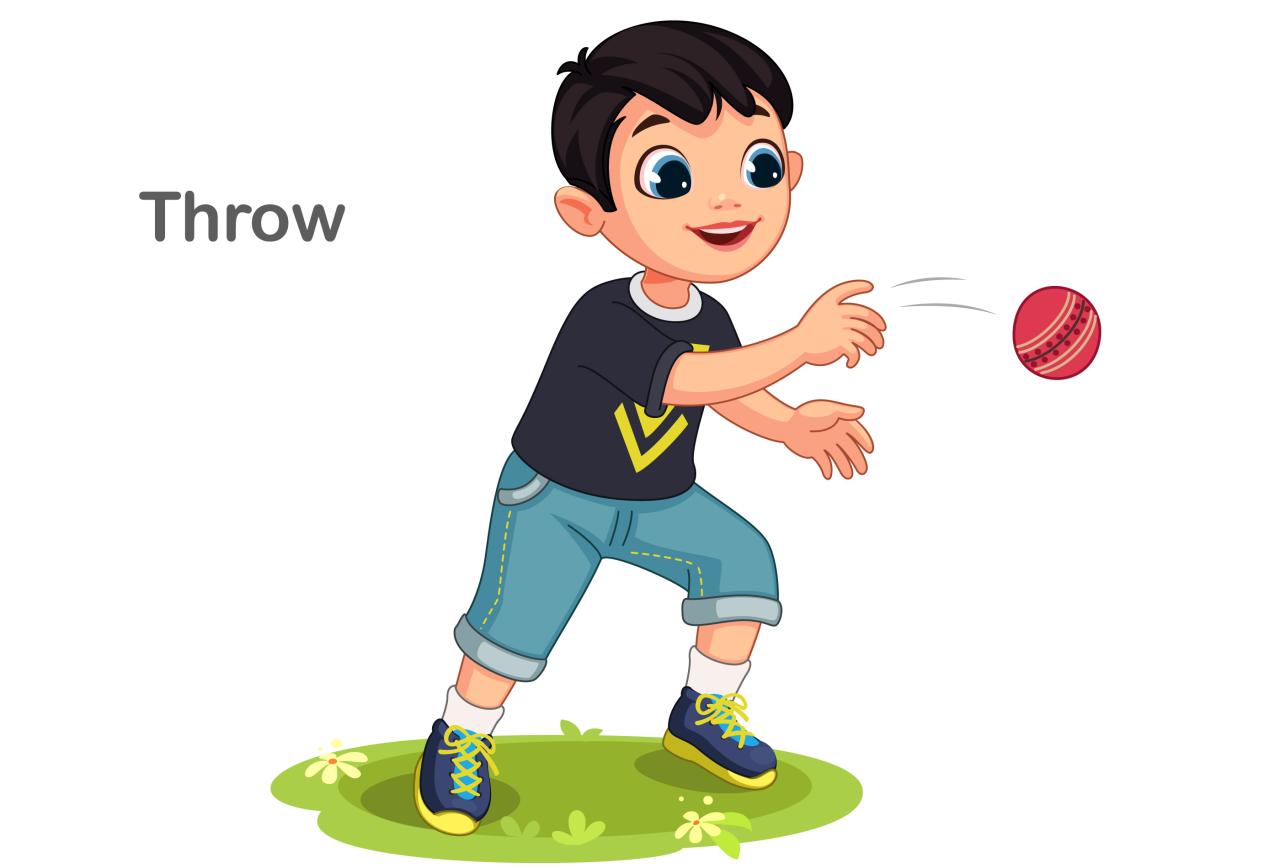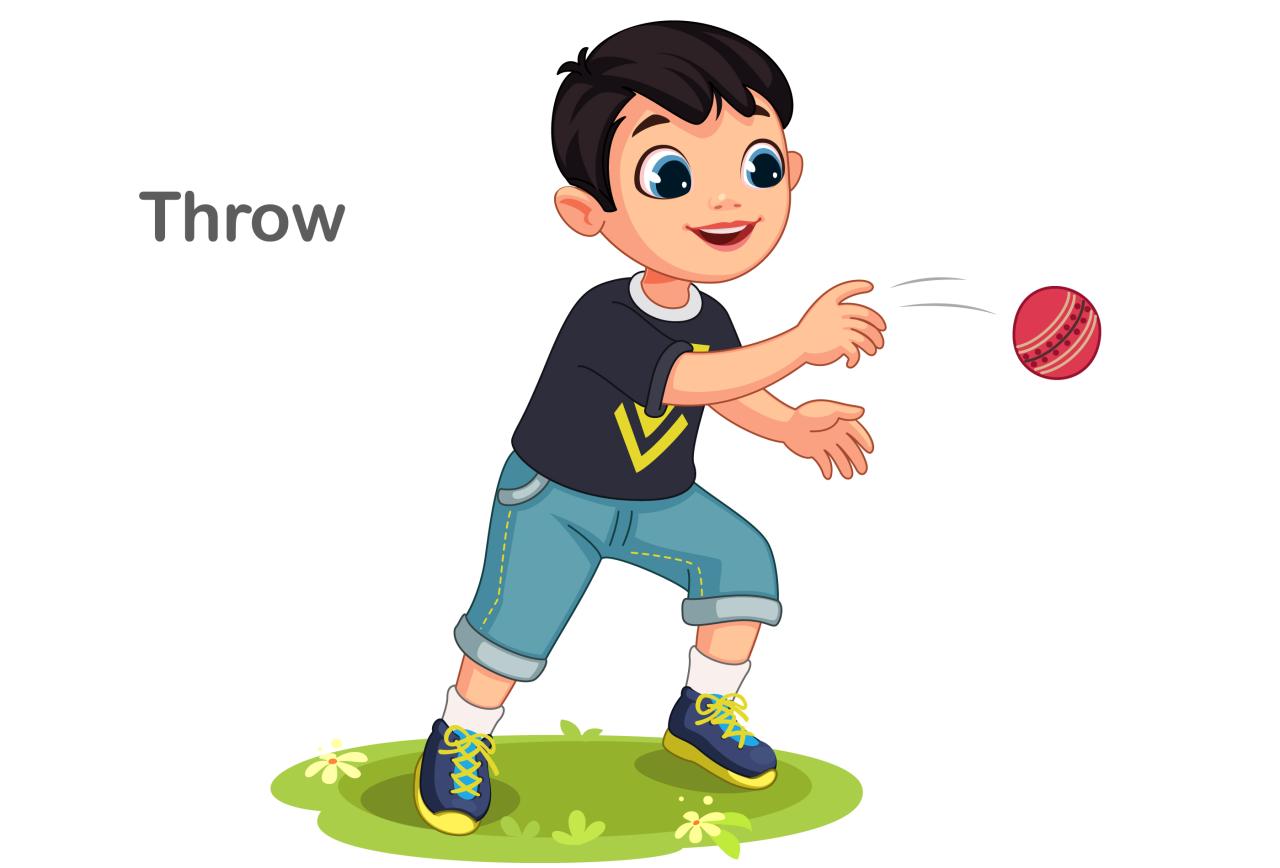Boy hit by drone – it sounds like a scene from a sci-fi movie, but sadly, it’s a growing concern. This article explores the increasing dangers of drones in populated areas, focusing on incidents involving children and the crucial need for safety measures and public awareness. We’ll delve into the legal aspects, explore technological solutions, and discuss how we can create safer skies for everyone.
From the mechanics of drone accidents – considering drone size, weight, and the potential for serious injuries – to the legal ramifications for drone operators and the ethical dilemmas involved, we’ll examine this issue from multiple perspectives. We’ll also look at how we can prevent future incidents through better regulation, education, and technological advancements.
A Boy Hit by a Drone: Understanding the Risks and Implementing Safety Measures: Boy Hit By Drone

The increasing popularity of drones presents both exciting possibilities and significant safety challenges. One concerning scenario is the accidental injury of a person, particularly a child, by a falling or malfunctioning drone. This article explores the various aspects of such an incident, from the circumstances leading to the accident to the legal, ethical, and technological implications, offering practical safety guidelines and preventative measures.
The Incident: A Detailed Account

Imagine a sunny afternoon in a local park. A boy, around eight years old, is playing frisbee near a group of trees. Unbeknownst to him, a relatively large drone (approximately 2kg, with four rotors and a high-definition camera), operated by an inexperienced user, experiences a sudden malfunction. Perhaps a strong gust of wind disrupts its flight, or a battery failure causes a sudden power loss.
The drone plummets from a height of approximately 15 meters, striking the boy on the head. The impact results in a laceration requiring stitches, a concussion, and some bruising. The immediate aftermath is chaos: screams, worried onlookers, and a frantic call to emergency services. Paramedics arrive swiftly, stabilize the boy, and transport him to the hospital. The drone operator, visibly shaken, remains at the scene, cooperating with authorities.
Legal and Ethical Implications of Drone Accidents
The legal ramifications of such an incident are significant. Drone operators have a legal responsibility to operate their devices safely and responsibly, adhering to all relevant regulations and guidelines. Failure to do so can lead to civil lawsuits for negligence, resulting in substantial financial liabilities for damages and medical expenses. Legal frameworks governing drone use vary across countries, with some having stricter regulations than others.
For instance, the FAA in the US has specific rules regarding drone registration, licensing, and operational airspace, while the UK’s Civil Aviation Authority (CAA) has similar regulations. Ethically, drone operators must prioritize public safety and avoid endangering others. The use of drones in public spaces necessitates a strong ethical commitment to responsible operation and awareness of potential risks.
Safety Measures and Prevention Strategies

Preventing drone-related accidents requires a multi-pronged approach encompassing operational guidelines, training, and technological advancements. A robust safety training program for drone operators should include modules on risk assessment, emergency procedures, weather awareness, and responsible flight practices near populated areas.
- Always check weather conditions before flying.
- Maintain a safe distance from people and structures.
- Never fly over crowds.
- Regularly inspect your drone for mechanical issues.
Technological advancements, such as advanced obstacle avoidance systems and autonomous emergency landing features, can significantly enhance drone safety. Drone registration and licensing are crucial for accountability and ensuring operators are adequately trained.
A boy getting hit by a drone is a serious safety concern, highlighting the need for stricter regulations and better safety protocols. This incident makes you think about larger-scale drone operations, like the spectacular but potentially hazardous drone shows; for example, check out this article about a drone show crash that thankfully didn’t involve injuries. The boy’s accident underscores the importance of understanding the risks involved, whether it’s a single drone or a coordinated swarm.
| Drone Model | Obstacle Avoidance | Emergency Stop | GPS Tracking |
|---|---|---|---|
| Drone A | Yes | Yes | Yes |
| Drone B | Yes | No | Yes |
| Drone C | No | Yes | Yes |
| Drone D | No | No | No |
Public Awareness and Education Initiatives
Effective public awareness campaigns are essential to educate the public about drone safety and responsible drone use. These campaigns should utilize various media channels, including public service announcements (PSAs), social media, and educational materials targeted at different age groups. PSAs could showcase real-life scenarios demonstrating the potential dangers of irresponsible drone operation and highlight the importance of maintaining a safe distance from flying drones.
Providing clear and accessible information on drone safety regulations and resources for further learning will empower individuals to make informed decisions and contribute to a safer environment.
A boy getting hit by a drone is a scary thought, highlighting the potential dangers of these increasingly common devices. It makes you wonder about the safety protocols in place, especially considering larger-scale events. For instance, check out this news report on a drone show crash , which underscores the importance of rigorous safety measures to prevent accidents, both large and small, like a child being injured by a stray drone.
Technological Solutions and Future Advancements in Drone Safety, Boy hit by drone

Advanced sensor technology, including lidar and radar, plays a crucial role in enhancing drone obstacle avoidance. These sensors enable drones to detect obstacles in their flight path and adjust their trajectory accordingly. The development of autonomous emergency braking systems for drones is another important area of innovation, providing an additional layer of safety in case of unforeseen events.
Various drone detection and tracking systems are also being developed, allowing authorities to monitor drone activity and ensure compliance with regulations. Imagine a future where drones are equipped with sophisticated AI-powered systems capable of automatically identifying and avoiding potential hazards, significantly reducing the risk of accidents.
Impact on Children and Vulnerable Groups
Children are particularly vulnerable to drone-related accidents due to their limited awareness of potential risks and their unpredictable movements. Drone-related injuries can have long-term physical and psychological consequences for children. Creating child-safe zones around drone operation areas, educating children about drone safety through age-appropriate materials, and implementing stricter regulations near schools and playgrounds are vital steps in protecting children from drone-related hazards.
Ultimate Conclusion
The increasing prevalence of drones presents both exciting possibilities and serious risks. The case of a boy being hit by a drone highlights the urgent need for responsible drone operation, robust safety regulations, and widespread public education. By combining technological innovation with proactive safety measures and a heightened sense of awareness, we can mitigate these risks and ensure that the benefits of drone technology can be enjoyed safely by all.
Top FAQs
What are the most common types of drones involved in accidents?
Accidents often involve smaller, commercially available drones, but larger, heavier drones pose a significantly greater risk of serious injury.
What kind of compensation can a family expect if their child is injured by a drone?
This depends heavily on the specifics of the accident, local laws, and the drone operator’s insurance coverage. Legal counsel is recommended.
That story about a boy getting hit by a drone is scary, right? It makes you think twice about all those amazing drone displays, like the spectacular niagara falls drone show – imagine something like that going wrong! Hopefully, safety regulations are improving to prevent similar incidents involving drones in the future. We need to make sure these incredible shows are safe for everyone.
Are there any national databases tracking drone accidents?
Comprehensive, publicly accessible databases specifically tracking drone accidents are still developing. Data is often fragmented across various agencies and organizations.
What should I do if I witness a drone accident?
Prioritize the safety of the injured person. Call emergency services immediately and document the scene (if safe to do so) – including photos and videos of the drone, if possible.
